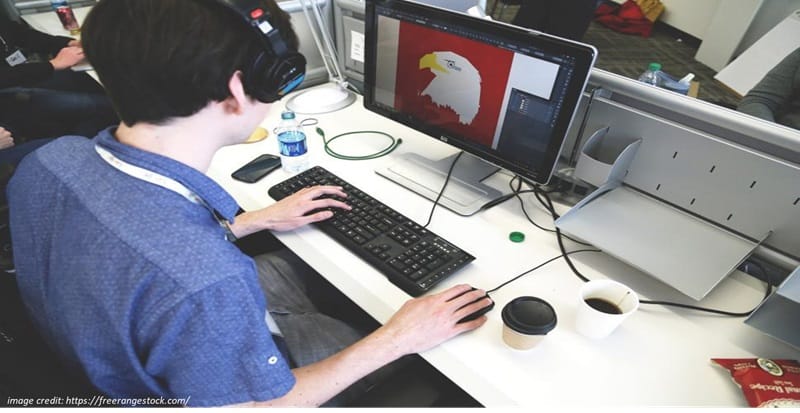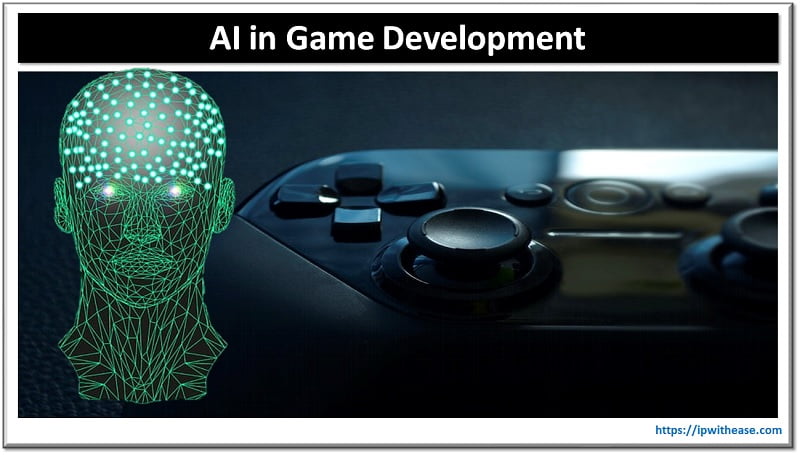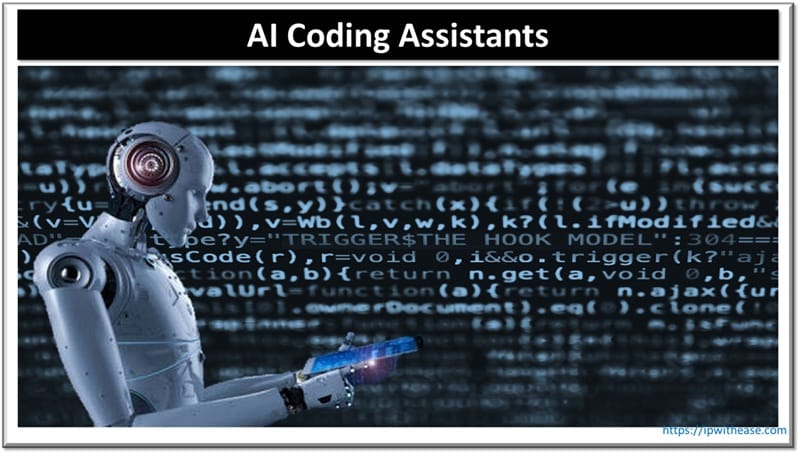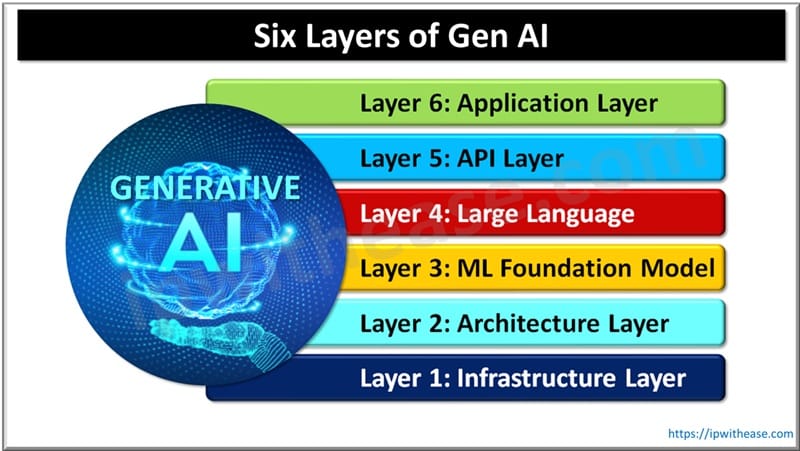Table of Contents
Graphic design is evolving and new contenders in this evolution are AI (Artificial Intelligence).
AI is enabling designers to design at a higher efficiency, cumbersome and complex work in the field of designing has been eased, and more people are able to design outstanding visuals.
How AI Is Changing Graphic Design
If we think about how AI improves graphic design, we should consider two main questions: how it helps designers and how it helps business people!
AI is transforming graphic design by adding filters, automating repetitive tasks, and sparking creativity for those who struggle to design.

Tools like Adobe Sensei and Canva’s Magic Resize handle boring tasks like resizing images and removing backgrounds, allowing designers to spend more time being creative and brainstorming new ideas.
AI also helps create designs on a large scale, making custom visuals for different audiences to suit a brand’s needs.
Platforms like DALL-E serve as “creative prompts,” offering inspiration when designers need a fresh idea to move forward.
Tools like Canva and Figma make designing simple, even for those who have no design experience, thanks to AI-driven suggestions for fonts, placements, and colors.
AI can also predict which design elements, such as colors or layouts, will work best, making the visuals more effective.
Still, human designers are important for storytelling and connecting with the audience emotionally. AI is a fantastic tool, but it lacks the emotional and cultural depth that only human creativity can bring.
Related: Generative AI vs ChatGPT: What is the difference?
AI & Graphic Design
Here are some ways AI is changing graphic design:
1. Automating Repetitive Tasks
AI helps with boring tasks like resizing images and organizing files. This saves designers time and allows them to be more creative.
2. AI-Generated Art and Ideas
AI tools can generate new artwork or give design ideas. This is useful when designers need inspiration or are running out of ideas.
3. Personalized Designs
AI can use audience data to create designs that match what people like. This is great for making ads and content that connect with customers.
4. Smart Design Suggestions
AI can suggest colors, fonts, and layouts to make designing faster and easier.
5. Logo Creation
AI tools can help make simple logos quickly. This is helpful for small businesses that need something easy and affordable.
6. Speeding Up Revisions
Instead of making changes manually, AI helps designers quickly make edits. This makes the revision process much faster.
7. Accessible Design
AI can help make sure designs are accessible for everyone by checking contrast and readability, which is important for reaching all audiences.
8. Easy Photo Editing
Features like content-aware fill let designers edit images easily, making the design process more efficient.
9. Voice-Controlled Design Tools
With AI voice technology, designers can control tools using voice commands, making designing faster and more accessible. AI voices technology is revolutionizing design workflows.
10. User-Friendly Design Tools
AI makes design software easier to use, even for beginners. It helps users understand and use features more easily, so they can focus on being creative.
Key Takeaways of AI Impact on Graphic Designing
- Automating Repetitive Tasks: Tools such as Adobe Sensei available in the commercial version of Adobe Illustrator do mundane things such as image scaling or background artists extraction.
- Personalized Designs at Scale: Through the use of AI, various and targeted versions of marketing materials promotion can be created; this promotes marketing causes significantly.
- AI-Generated Inspiration: Tools like DALL-E are useful in starting engagements to create due to the fact that all it needs is a prompt to generate an image.
- Design Accessibility: For instance, while working on Canva and Figma, artificial intelligence helps ensure design basics are available to any person.
- Predictive Design and Aesthetics: AI patterns the data and provides recommendations to the most effective design options, thus contributing to designers’ attempt to convey more appealing graphics.
- Maintaining the Human Touch: Thus, in spite of the AI’s welcome ability to increase productivity, the aspect of humanism in storytelling and an ability of design to evoke an emotional response cannot be relied upon by an AI.
Benefits of AI in Graphic Design
Before we look at how AI is changing graphic design, let’s talk about some of the main benefits:
- More Time for Creativity: AI can take care of repetitive tasks. This gives designers more time to focus on their creative ideas.
- Quick Mockups and Ideas: AI tools help create mockups and drafts quickly, which means designers can save time and get feedback faster.
- Better Design Assistance: AI gives suggestions for colors, layouts, and styles, making it easier for designers to make choices.
- Affordable for Small Businesses: AI design tools make it possible for small businesses to create good content without spending a lot of money.
Final Thoughts
AI is changing graphic design by helping us work more efficiently and giving us new tools to explore our creativity.
From speeding up boring tasks to offering fresh design ideas, AI is here to make graphic design better for everyone – designers, businesses, and audiences alike.
Whether you’re a seasoned designer or just someone curious about how technology is transforming creative fields, it’s clear that AI is playing a huge part in shaping the future of graphic design.
And honestly, that future looks pretty exciting!
ABOUT THE AUTHOR
IPwithease is aimed at sharing knowledge across varied domains like Network, Security, Virtualization, Software, Wireless, etc.



